Who Are the Consumers of Online Performances?
- Changes in the Arts and Market since COVID-19 -
By Kim Su-hyun_SBS Senior Editor
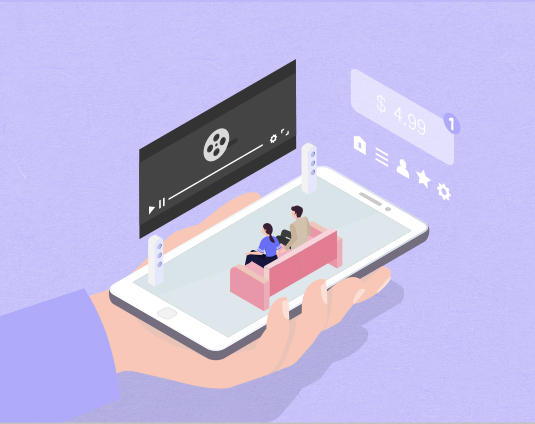
With the outbreak of COVID-19, theaters have closed and performances have been canceled or postponed in a row. I’m a reporter in charge of performances so quite a few people said to me, “You probably don’t have much work to do these days.” But actually, the opposite has been true. I have been busier than any other time before because I have written about online streamed performances every day. Indeed, articles about curating information on streamed performances constitute useful daily information for those who are cooped up at home and today’s popular trend of streamed performances is a ‘cultural phenomenon’ triggered by COVID-19.
However, I didn’t know that I would write about the theme for such a long period. COVID-19 is still there with us. The frequency of the articles I write in a series has decreased to once a week since late May but they keep coming and the accumulated number of these articles is soon to reach 40. Writing articles about online performances, I also watched so many of them. Almost every day, I watched at least one performance so I watched more performances than I did before COVID-19. It was in this context that I was asked to write about the ‘consumers of online performances.’
Frankly speaking, I don’t have much ‘information’ that would enable me to discuss the consumers of online performances. I often saw people say something like “An online performance had tens of thousands of views so the number of those who saw it is dozens of times higher than the audience of a single offline performance.” Nevertheless, we can’t compare the number of viewers of online performances and that of the audiences at theaters on an equal ground. In addition, I don’t have concrete information such as demographics and consumers’ duration of stay in a given streamed performance. Therefore, this essay is closer to my subjective opinion based on my personal experience as someone who consumed a great quantity of online content in the process of writing about online performances.
Who are the consumers of online performances? In many cases, they would overlap with the consumers of offline performances. Those who used to watch performances seem to consume online performances a lot. These days, those around me often tell me, “Thanks to your articles, I’m enjoying online performances.” Most of them used to be fans of performances or those who work in the performing arts scene. In other words, those who can’t watch offline performances due to COVID-19 watch online performances which replace offline ones for them. I’m also part of this group of people.
The Shows Must Go On! There are ways to watch performances even if theaters are closed! I’m a reporter in charge of performances but I’m actually a big fan of them. So every day, I wrote down the schedule of streamed performances in order not to miss the ones I wanted to watch. I even bought a new, bigger TV to replace the old one. Of course, online performances lack liveliness of breathing with performers at theaters and that ‘aura’ of feeling everything first hand. Nevertheless, we are unable to watch performances in person so such online ones are so great! Moreover, overseas performances, which I couldn’t watch even if I wanted to, are now available online for free. That’s such great news as well.
On the other hand, another group of people have just recently begun to watch performances, attracted by the convenience of watching performances online and by the fact that they are free of charge. In fact, the biggest reason why I’m writing about online performances is to help those who normally don’t (or can’t) go to theaters for many reasons. I wanted to let them know that they have easy access to performances. On weekends, I share my articles about online performances in group chatting rooms of those who went to the same school with me and other friends and acquaintances. Those in such chatting rooms sometimes told me about performances they had watched, saying, “I almost hadn’t watched performances before but I enjoyed this one thanks to your article.”
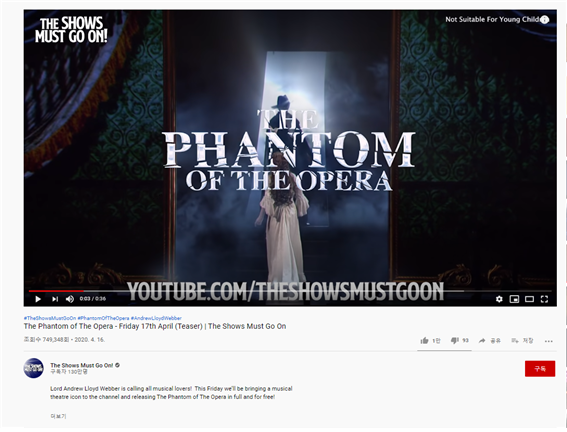
Performance celebrating the 25th anniversary of < The Phantom of the Opera >
which was available on YouTube Channel ‘The Shows Must Go On’ for 48 hours
Source: YouTube ‘The Shows Must Go On’
When Andrew Lloyd Webber, composer and producer of musicals, made available the musical < The Phantom of the Opera > for 48 hours, the video had over 10 million views. Many of these viewers wouldn’t have been regular theatergoers. In a similar context, when the Berlin Philharmonic temporarily provided a free subscription chance for its paid VOD subscription service of ‘Digital Concert Hall,’ many people showed enthusiastic response. In fact, they are so famous and it is expensive to watch their concerts. The Berlin Philharmonic became known for their high concert ticket prices (450,000 won) when they came to Korea to perform. But can we watch their online concert for free? No wonder it sounds so fascinating.
NT Live of the Royal National Theatre in the UK also drew attention with their sensational performances starring famous actors and actresses whom we have often seen in films. A friend of mine hadn’t watched performances much before. But she watched < Frankenstein > on NT Live because she became curious about it after hearing that it has Benedict Cumberbatch who was the main actor of < Sherlock > and < Doctor Strange > . She liked it so much that she even donated to an arts company for the first time in her life. Like this, I have seen online streamed performances attract new viewers which also include those around me.
A performance is an experience-based product so those who start watching performances through online streaming are also expected to buy tickets and watch offline performances after COVID-19. So online performances are likely to generate positive effects but it is difficult to predict how much of such consumption of free videos would lead to that of paid performances. Then, what about those who had watched performances before COVID-19? Based on my experience, I felt great thirst for offline performances as I watched online ones. Such thirst may be a factor boosting consumption of offline performances but consumption of online content is also likely to be greater than the era before COVID-19. So I don’t know if people will watch offline performances more than what they did before COVID-19. The time we can use is limited but there are too many things to watch.
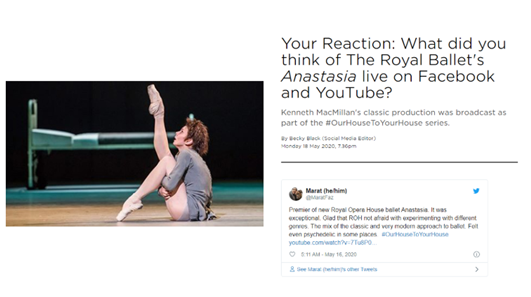
A scene of the ballet < Anastasia > and the audience’s response to the live
performance shared by the Royal Opera House
Source: website of the Royal Opera House
For the past few months, I watched performances regardless of genres but I watched overseas ballets more than any other performances. That is because ballets can be enjoyed without any language barrier. I also watched quite a few operas, musicals and plays I had wanted to watch. It was great to see the performers’ facial expressions and body movements in detail, thanks to close-ups. Classical music concerts can also be enjoyed without a language barrier but the number of such concerts I watched these days is smaller than that of other genres. Like films, story-based genres seemed to be more appropriate for online performances.
But I did watch some concerts. Rather than regular streamed concerts, I watched content specifically planned in the context of COVID-19. Examples of this are < World Piano Day > and < Moment Musical > by Deutsche Grammophon. I also often watched which < Clicurn Watch Party > compiled the past performances of the Van Cliburn International Piano Competition. Organized on Facebook, this ‘party’ had the actual pianists who played the music so they could watch the performances with the online audience and chat with them. As I watched the winning performance of Yekwon Sunwoo and Haochen Zhang, I had a chance to talk to them. Even though I asked just short questions and said hello, it was much more fun than just watching videos. That was because ‘real-time feedback and exchange’ were there, making use of the characteristics of online content.
I watched many online performances but there are not many of them on which I really stay focused. An offline performance isolates you in a certain space that is separate from your everyday life and makes you face the stage. But while you watch online performances, your everyday life comes in ceaselessly. Of course, it is an advantage to watch the videos comfortably but you find it difficult to stay focused and you can stop watching them too easily. I also watched several performances in a single day on weekends but in many cases, I didn’t focus on every detail. I started watching a video and I stopped to go to the bathroom, feed my cat, call people and then I watched again and fell asleep. Like that, I watched some of the videos in several days.
Eun Ah Cho, pianist and professor at Kyung Hee University, has recently conducted a ‘survey of the current state of watching online performances.’ The survey was done separately for two groups: 208 students taking arts classes and 150 music fans. It wasn’t a very detailed survey but there are many things to learn from it. For both groups, about 90 percent of the respondents said that they had watched performances on online platforms. When asked about the duration of their focus on the online performances without any distracting thoughts, a majority of respondents in both groups answered ‘20 mintues.’ So I’m not the only person who finds it difficult to stay focused on online performances. (There isn’t much data on the consumers of online performances but you can easily find marketing reports on the patterns of consuming online videos. According to the MezzoMedia 2019 Target Audience Report, the average duration of watching an online video was at most 20 minutes.)
Among the online performances I watched for the past few months, there is a performance that made me ‘go beyond this focus barrier of 20 minutes.’ It was the one-man performance < The Encounter > directed and performed by Simon McBurney of the British theatre company Complicité. Based on a story of a photographer who meets an unknown tribe in the Amazon Jungle, this performance premiered in 2015. You need to use headphones to watch this performance. Thanks to its intricately woven narrative and 3D sound effects, I immediately fell into the depth of the Amazon Jungle and then, found myself back in the middle of Simon’s conversation with his daughter. The performance took about an hour and a half but it kept stimulating my curiosity so I had no time to get bored. The need to use headphones to truly enjoy the performance enabled me to stay focused on it, blocking everyday life that ceaselessly comes in as I watch online performances. After the streaming service began, Simon McBurney appeared from the middle of the seats in the theater and introduced the performance for this streaming in 2020. It was also beyond my imagination. Although the performance wasn’t produced mainly for online streaming, the content was so fit for today’s situation.
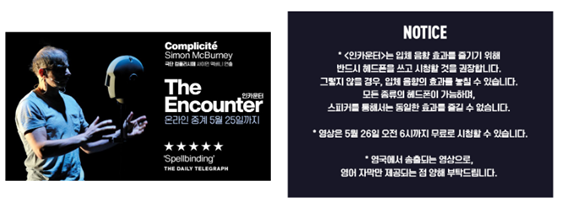
< The Encounter > shared online for free by LG Art Center
Source: official blog of LG Art Center
Watching overseas online performances, I was able to feel detailed structures and desperate efforts to come up with ideas. Even if they share past performance videos, they add new videos, considering the current situation. They also provide all kinds of digital materials related to the performances. During streaming, they emphasize the value of the performing arts which is so precious at this challenging moment. They also encourage viewers to ‘donate voluntarily’ to help the performing arts scene going through a hard time due to COVID-19. As the Vienna State Opera provided its free streaming service, they changed the design of their streaming platform several times. Currently, the first thing you see on this platform is a window asking if you could donate. It would have been under there circumstances that my friend who enjoyed NT Live donated, thinking that she was paying for a performance for the first time in her life.
But things are different in Korea. First of all, Korea doesn’t have such a culture of donating to the performing arts field. Moreover, most of the country’s online performances only highlight the fact that national and public arts companies are providing ‘public services’ for citizens. As national and public organizations provide ‘public services for all citizens,’ they keep theaters up and running and give some work to those in the performing arts scene, which is good. However, what is worrisome is that in such a flood of the ‘services for citizens,’ people might forget that performances are also the results of those who work in the field. Although Korea’s current online performances are presented as part of urgent response to the emergency situation, we can’t let this last long.
Even before COVID-19, I often paid for overseas performance videos such as Met On Cinema and NT Live to watch them in theaters. These performances had things that cannot be enjoyed in offline performances so I willingly paid for them. Today, these videos are free of charge so needless to say, I keep enjoying them. In contrast, many of Korea’s current online performances don’t give people any big reason to watch them even if they are free, unless it is not such an emergency situation without offline performances. Streamed performances without on-site audiences often have monotonous camerawork and provide a low quality of sound. Even in the case of sharing past performances, most of them have been kept for the sake of marketing or records so they are not really good enough to be watched. Rather than the streamed performances presented by national and public arts companies, simpler ‘live performances at home’ by individual artists or private agencies feel more vibrant and interesting.
Nowadays, people keep talking about the profitability of online performances. Many of them believe that currently in Korea, those who can make profits with streamed performances are limited to some popular musicals and K-pop idols with a global fandom. This doesn’t mean that those in the performing arts scene just need to be successful in offline performances. That’s not the right answer. Making performance videos and sharing them online constitute an irreversible trend even without COVID-19. For the youth, consumption of videos has already become their ‘habit.’ So while continuing offline performances, they need to actively use online performances to promote their works and to educate. Going beyond this, they also need to think about developing profitable content which would be completely different from the existing one.
Seeing those in the performing arts field discusses matters regarding online streaming of performances, I feel that their situation is similar to that of the media industry where I work. We all know the importance of new media but it is still difficult to make profits with new media. On the other hand, keeping to the old ways would make us lag behind. In short, as the ‘legacy media’ is staggering, ‘media startups,’ which have a completely different starting point, are emerging one by one.
Whether it be the media industry or the performing arts industry, it would be so great if we had one right answer. I don’t have a capacity to suggest a satisfying outlook, but I can say the following for sure. First, online performances constitute video content that is different from performances themselves. Second, for these online performances, we need to think from consumers’ perspective, not from that of suppliers.
*This contribution is a translation of the text appearing in the webzine Arts Management No. 447 (June 11, 2020).








 PREV
PREV
.jpg)
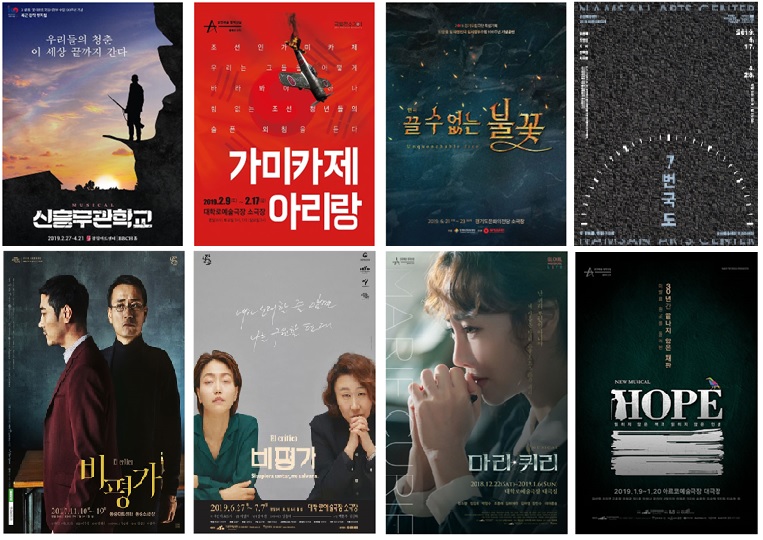
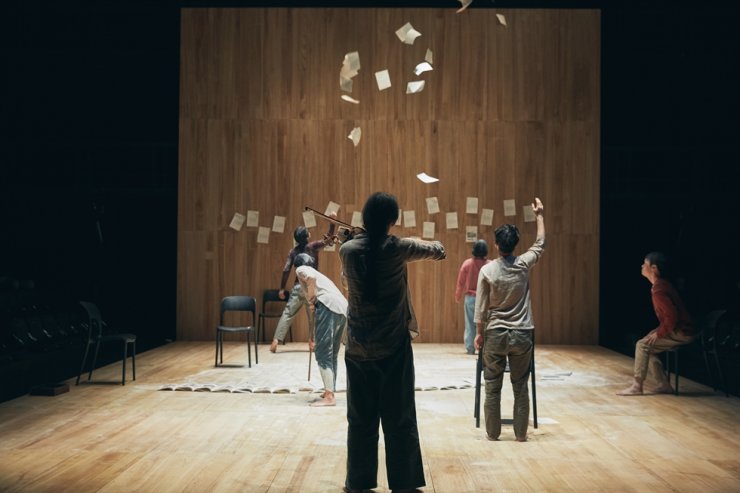
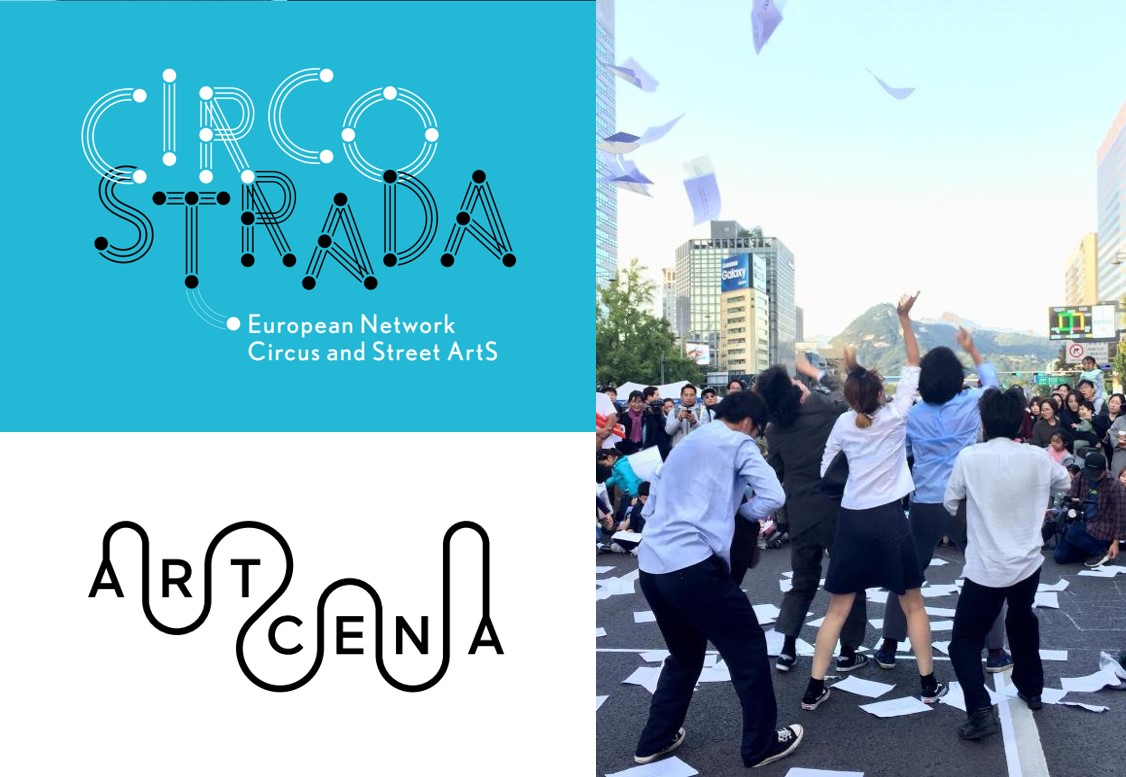
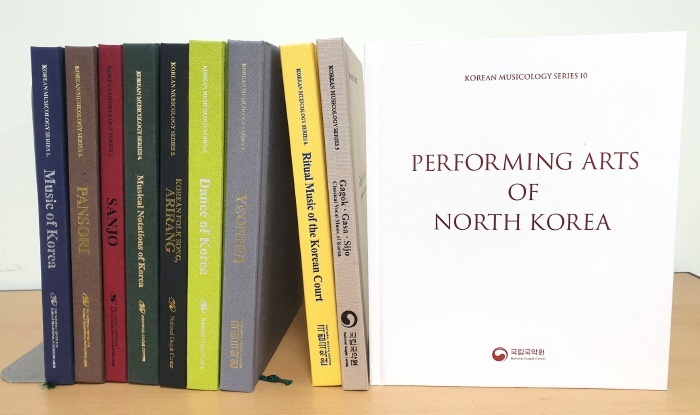
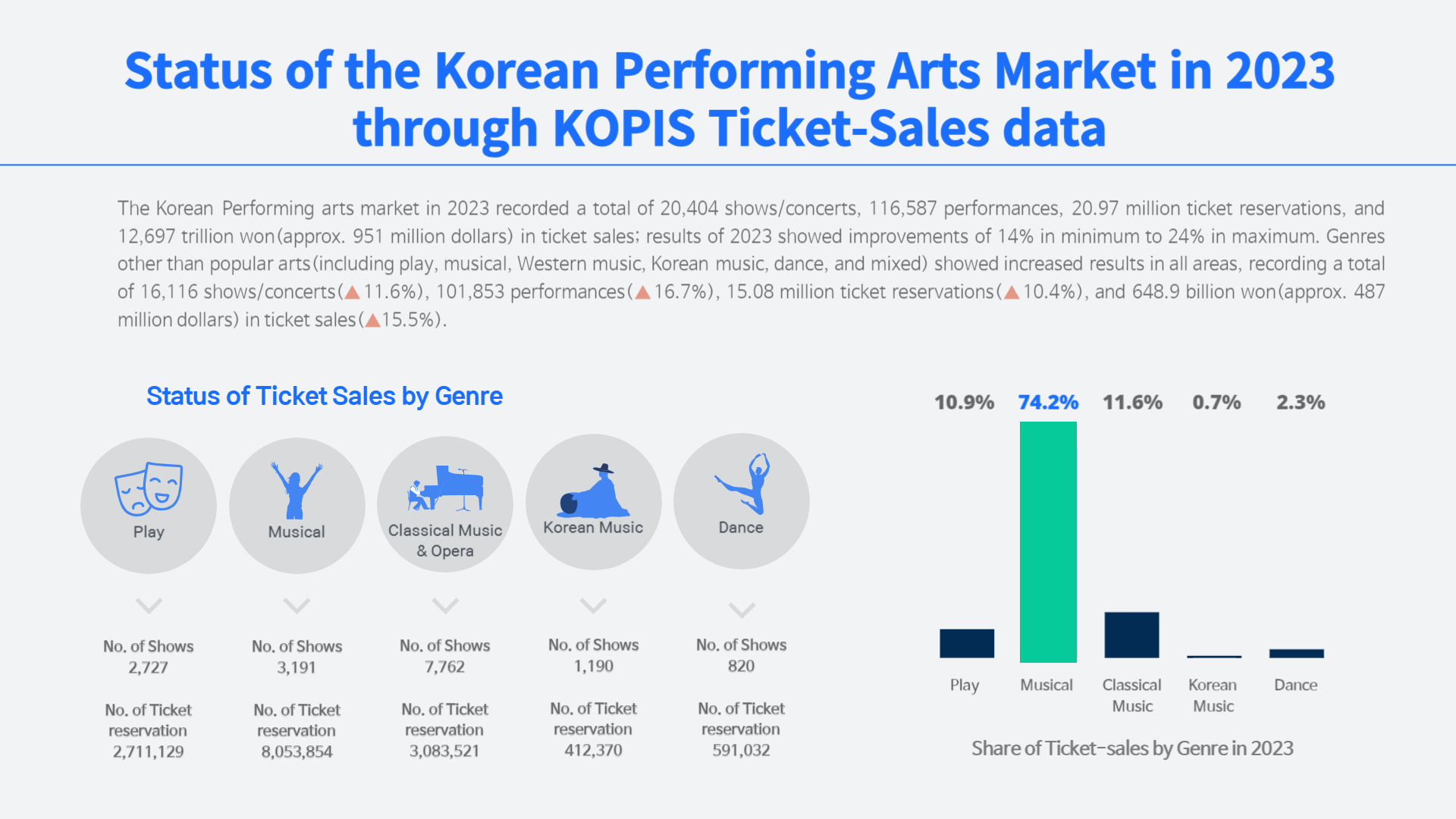
.jpg)
.jpg)
.jpg)
.jpg)











